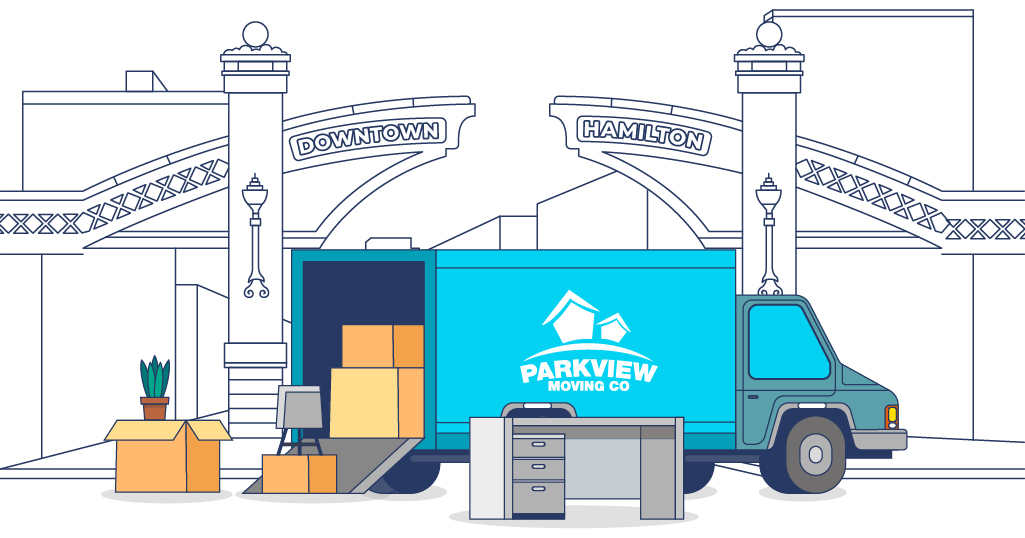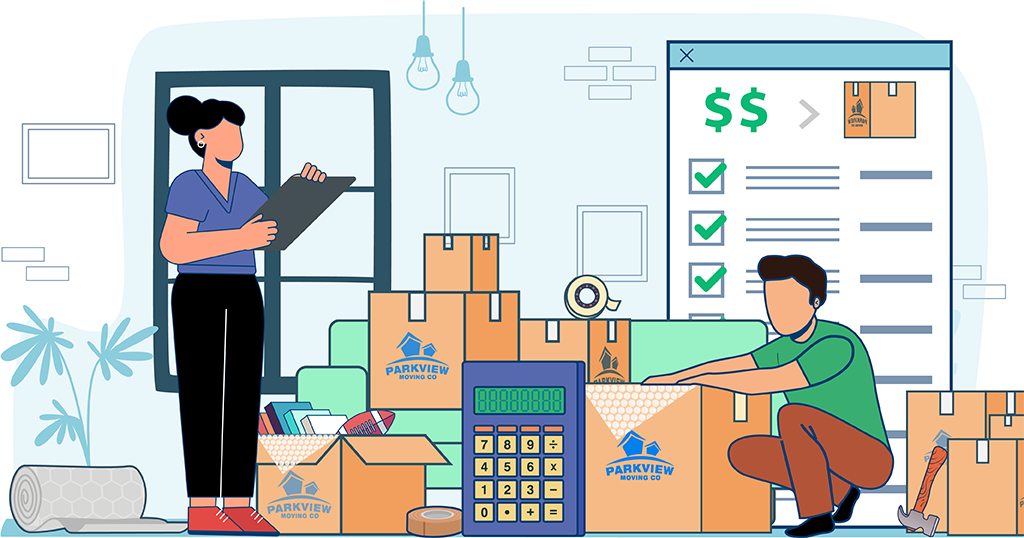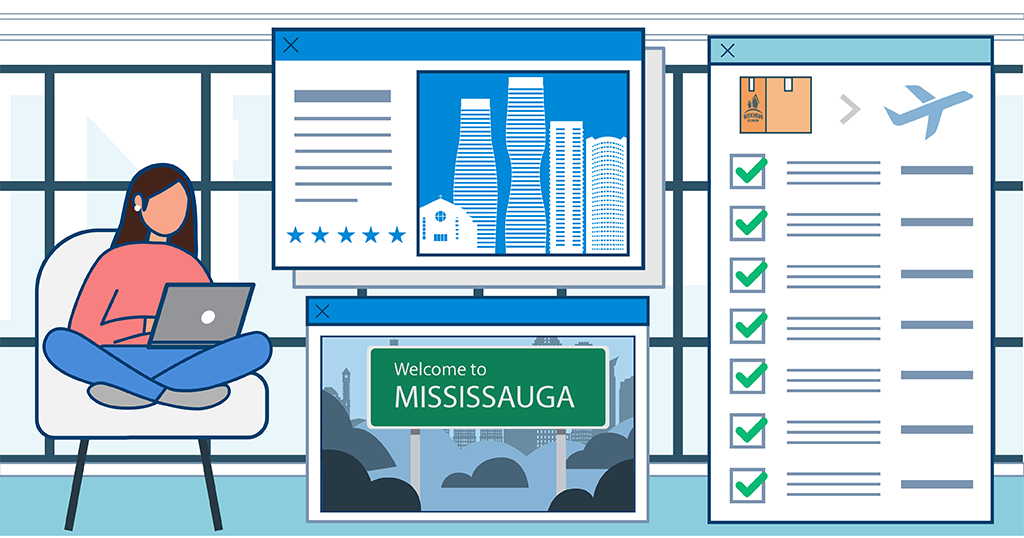Suppose you are among the one million Canadians moving home every year. In that case, you might start stressing that you must still prepare everything. One of the most challenging steps is knowing how to tape moving boxes so you can move them quickly.
Whether this is your first or hundredth move, do you know how to tape moving boxes closed so you know nothing will spill?
Read on to learn how to tape moving boxes to ensure your boxes remain secure and reduce the likelihood of even a single item receiving damage during the trip. That way, you can get to your destination knowing all you need to do is unpack and then start life in your new home.
Ensure You Have the Right Tape
There are a great many different types of tape you could use to close a box. Because of this, the tape you use can have more of an effect on securing your belongings and making sure the boxes they are in do not open.
When looking for tape, seek out high-quality packing tape. This often has much better adhesion to the cardboard boxes most often used by movers. Companies tend to design this make of tape to withstand the moving process above everything else, so it should put up with anything you throw at it.
While it might be tempting to use duct tape or Scotch tape for this purpose, it may not withstand the stresses of transportation. As such, avoid this option and choose something fit for purpose instead.
When picking out tape, make sure to also pick out an option that is greater than two inches wide. If you do not, it is more prone to twisting should the box move in a way you do not expect due to its contents. This can lead to it weakening when moved, sometimes spilling the box’s contents.
Use the Correct Boxes For Moving
As well as having the right tape, ensuring the rest of your moving packing supplies are well-chosen can also help keep your inventory safe. For example, picking up carton boxes for moving is always a smart move over using any other form of box.
Traditional cardboard boxes are well-suited for use when moving due to their lightweight design and varied sizes. This means you can put heavier items, such as books, in small, plastic boxes to help you carry them instead of putting them all in one large carton.
Make sure to also use new boxes, too. While this might increase your moving expenses, it will ensure you have containers that will withstand the rigours of moving. Older boxes may have started to break down or may have already been subject to water or oils, damaging their rigidity.
In some cases, you may want to use plastic boxes or other more secure containers to hold very heavy items that the base of a carton will not hold. No matter how you pack them, though, make sure you can tape them closed or otherwise secure them in some other fashion. You do not want them opening during the journey, after all.
Step by Step: How to Tape Moving Boxes
We have put together a short guide for when you start the packing process to ensure your boxes are not going to fail you. While you might have this well in hand yourself, you might find a few tips and tricks to help.
If this is your first time performing such a major move in your life, use this as a checklist, or hire a company to do the job for you.
Pack the Box Well
Ensure you spread the load in the box if you can. Put the same weight across the box so it is symmetrical, as this will stop the box from skewing if things shift inside, twisting the tape.
If possible, fill every space inside the box, or at least make sure things will not move much. The last thing you want is an item hitting the sides during transport and trying to break out.
Preparing the Box Flaps
Fold down the flaps of the box until they sit flat. While it may be tempting to spiral them, you should only do this if you are not applying tape, as it can harm the box’s integrity. Instead, ensure all folds lie flat, first one set, then the other.
Make sure that no gaps are visible between the two top flaps, or between the flaps and the box underneath them. If there are, you may want to check for moisture or whether the box has suffered harm. If gaps persist, it leaves space for water and dust to enter, harming the contents.
Applying the Packing Tape
Place a strip of tape along one edge of the seam on the box’s top flap. Extend it further and over the box’s edge by several inches to ensure it is secure, and then press it down. There should be no wrinkles in the tape once you have applied it.
You can then apply the tape in the same way along the other open edges of the flaps, creating an “H” shape. This will not ensure the flap remains closed and the main section of tape is harder to move.
Reinforcing the Box
If the box has areas of high stress, such as corners or points where the contents might push harder on the cardboard, use tape here too. Apply extra strips diagonally along the surface to reinforce the cardboard and ensure weak points do not fail. If you are moving a long distance, this is even more important as there is more chance of the box breaking due to small movements over time.
Inspect the Boxes Before Leaving
As a part of your moving house checklist, you should go through all the boxes you have secured in the past and give them a thorough inspection. This is even more important if it has been a week or two since you secured all your belongings.
People are not perfect, and there is always the chance some of the tape has started to peel due to poor placement or humidity. If this is the case, check the integrity of the box itself, and either use a new box or re-secure it with tape to ensure it does not open again.
Ensuring a Secure Packing Process
Not only do you need to ensure the tape is safe, but the box too. There are many points of failure when applying tape, and you need to avoid each of them.
Avoid a Bulging Box
If you overpack the box, it will affect the cuboid shape of the container. A bulging box is much harder to pack as the tape will not sit flush with the edges. Also, you may not be able to close the flaps in the same way.
If you need more space, try to get more boxes, or rearrange items in the ones you do have instead.
Do Not Get the Box Wet
Ensure you keep the box itself away from water. Moisture can both disintegrate the box itself as well as alter its surface texture. If this happens, any tape you apply may not hold as securely.
As such, both before and after fastening the box closed, keep it in a dry location in your home. When transferring it to a moving van, try to keep it out of the rain as much as possible for the same reasons.
Make Sure the Tape Stays Put
You must ensure the security of your moving boxes during their transport. To do this, ensure you take appropriate steps to prevent damage.
Hire Professional Movers
Well-trained expert moving companies will have a lot of experience in both packing and securing boxes, as well as moving them. You can often discuss the specifics of moving logistics with them to get a good idea of the steps you need to take if you have hard-to-pack items. For example, if you have items of a non-standard shape, size, or weight.
Stacking Boxes to Avoid Tape Damage
When you stack boxes with tape on them, be aware of how you distribute the weight of each one. To prevent the boxes from shifting during transport, make sure to use straps or ropes to tie them in place.
You can even use pallets to hold them, using a heavy-duty pallet wrap to bind them together. Any professional moving company can move these onto and off of their moving truck without difficulty. This way, you can get peace of mind that your items will not shift and lift the tape away from the boxes.
Get Help With Every Step of Your Move
With the above tips on how to tape moving boxes, you should have everything you need to get all your home’s contents packed up. When that has happened, do you have a way to get them where you need to go?
Lucky for you, Parkview Moving is ready to talk to you about your moving needs. No matter whether you need to move boxes, pianos, or whole lives across the country, we can work with you to get you where you need to go. So, pick up the phone and call us today to start planning for your future journey.






